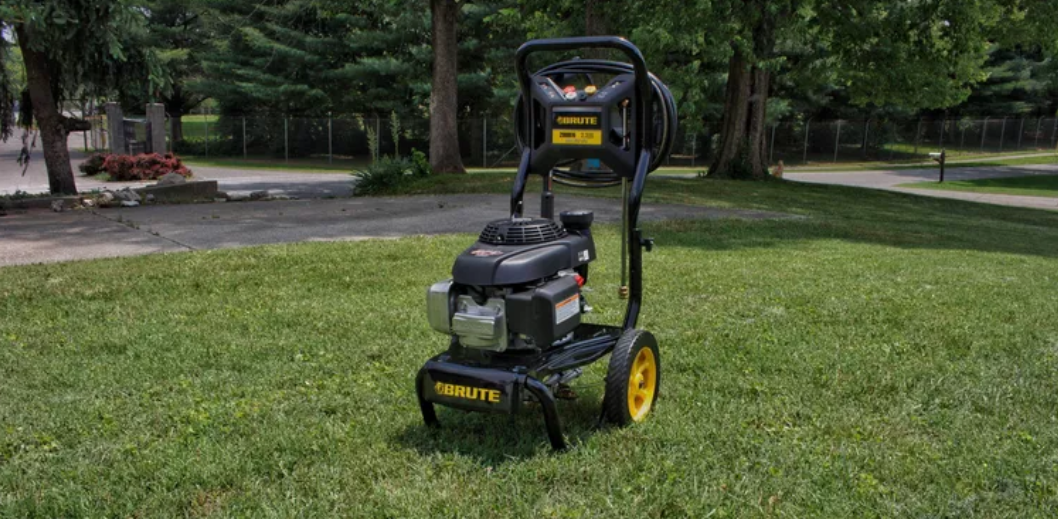A pressure washer is a handy tool in many home improvement projects. They’re able to clear up weeds, clean the driveway, and even wash your car without having to do the hard work yourself.
Using a high-pressure water source can cause a pressure washer to be flooded. This is an especially important consideration for homeowners who own properties with septic tanks. It was found that if a pressure washer is used on soil that has been treated with septic tank deodorizing, the pressure of the water can force dirt into the tank and cause it to overflow.
The good news about pressure washers is that you can use them safely even if you flood them. There are precautions you can take so flooding doesn’t damage your washer and there are things you can do to minimize the risk of flooding altogether.
The other thing you can do is invest in an extra-safe pressure washer to make sure you don’t get flooded at all. These washers have two valves: one for high pressure, or high-pressure mode, and one for low pressure, or low-pressure mode. This means it’s possible to spray disinfectant or other cleaners without the risk of flooding your machine.
How to Prevent the Pressure Washer from Flooding
1. Be careful when you disconnect the hose from the unit. Make sure you don’t create a partial connection where air can sneak into the system.
2. If the unit has a built-in check valve, make sure you turn it off when switching from one job to another. A check valve helps prevent backflow of water into the unit if there’s an air lock (which would cause a spark) in the hose or wand.
3. Always leave enough room in your yard so that one side isn’t touching any building or other structure and can’t become submerged in water if there’s an air lock.
4. Keep an eye on how powerful your unit is and how much pressure it creates while still being able to clean properly. If it seems like it’s working harder than it should, then there might be too much pressure inside the system.
How to Unflood a Flooded Pressure Washer
1.) Stop using it until it’s been completely flushed and the seals have been replaced. Follow the user manual for how to do this, but take note of whether or not you need to drain the fuel tank first. Some models may suggest draining the gas and then flushing with water before re-starting the engine. This is because different models have different approaches to unflood the machine.
2.) Take it to a reputable repair shop that specializes in pressure washers. You want to find one that will be honest about what’s needed, even if that means telling you there’s nothing wrong with your machine and suggesting that you save money by buying a new one.
With some models if you can’t identify the source of your flooding, all you need to do is turn off your washer and let the pressure drop naturally.
Check on Giraffetools and collections for more of this guides as you place your order for the pressure washer of your choice.
